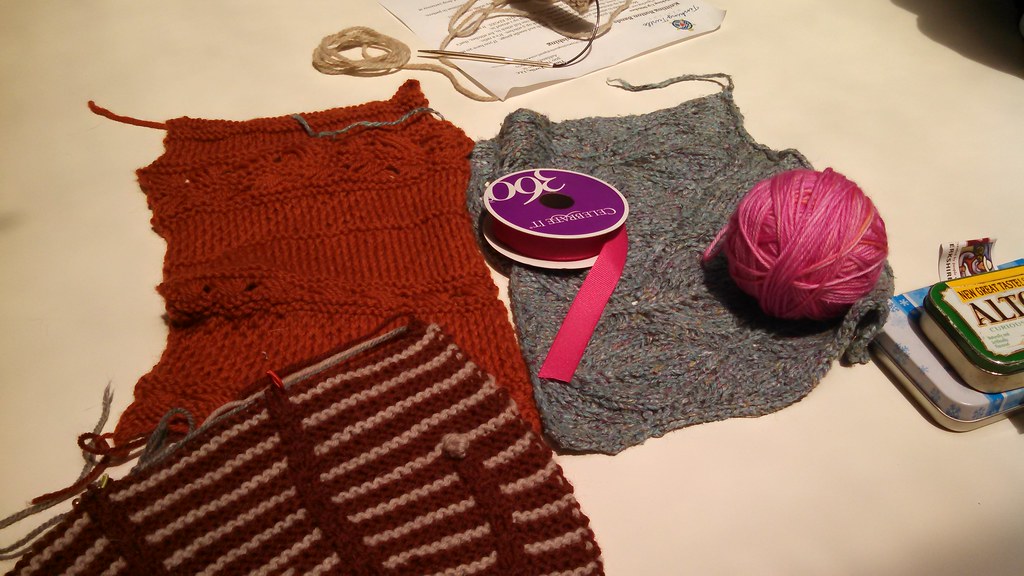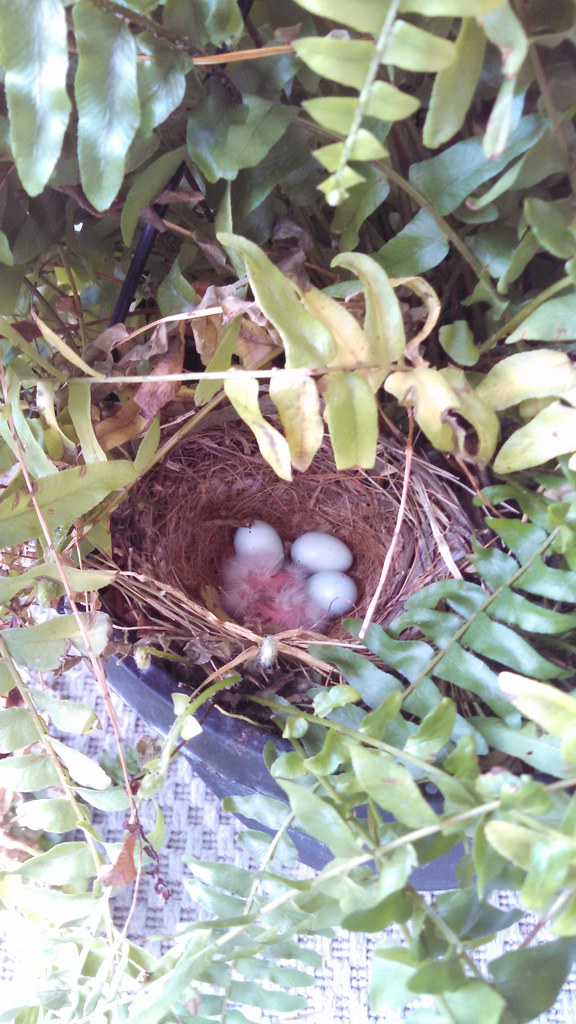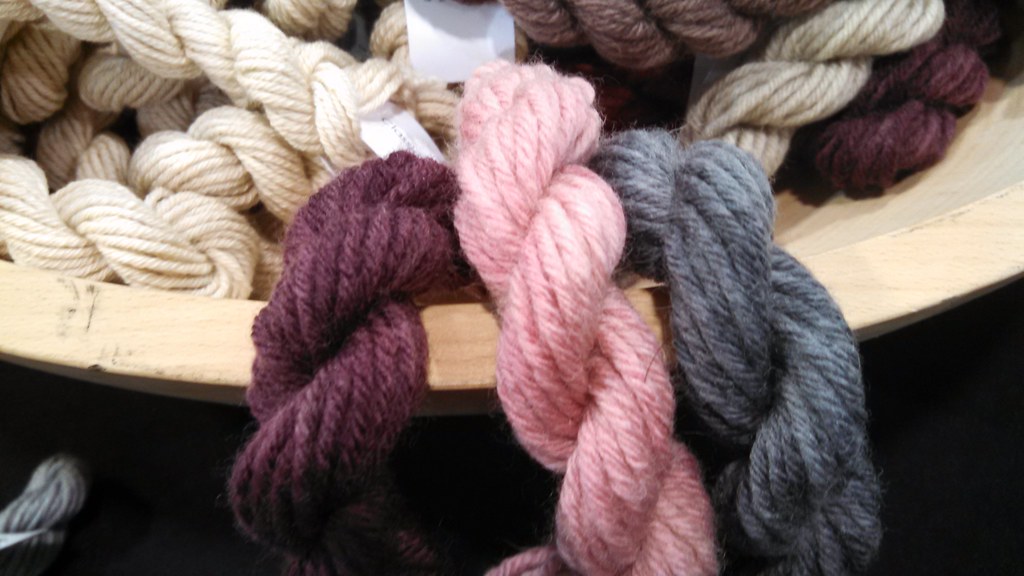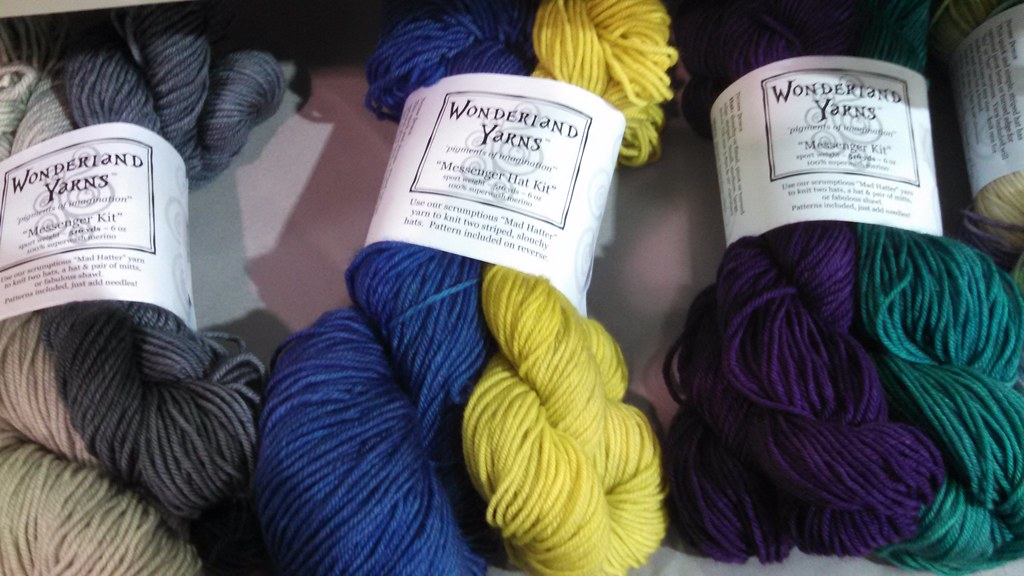
Matryoshka Baskets from Crochet World
I’ve been really enjoying playing with padded crochet lately, if you haven’t noticed. Last year with Crochet World I published the Matryoshka Baskets, and this past week my Rag-ety Rug came out. Now, this week I have another wonderful piece of news to share with you!
Remember how a couple of months ago I talked about filming classes with Interweave? Well, the first of them are out, and I couldn’t be more excited!
Let me tell you about the class.
Titled Make a Crochet Rug Using Piping Cord and Crochet Motifs with Jennifer Raymond, this class covers all you’d need to know in order to make Stained Glass Rug. While the pattern by itself stands alone, you do need a basic understanding of padded crochet to make the project work.
With my online class, not only do I show you the basics of padded crochet, but I also show you all my tricks I developed and learned while making the rug. You’ll learn the best ways of finishing off your cord, the easiest ways to join the motifs, and how to adapt the pattern for other purposes.
As I mentioned before, this class focuses around Stained Glass Rug, which was featured on KDTV’s episode 1409. I love this pattern. It’s infinitely customizable, as you can make the rug as large or small as you want it. The padded crochet makes the rug both cushy under the feet, durable, and the project works up really fast! There’s plenty of room for color play, in the form of using up scraps, creating color blocks, or making magic balls to use. And I love how, just worked in the yarn I used for the original project, each piece looks a little bit like the stained glass you see in churches.
Make a Crochet Rug Using Piping Cord and Crochet Motifs with Jennifer Raymond is available for pre-ordering as a DVD, or you can download it right now onto your computer.
You should checkout the preview:
Have you ever worked padded crochet? What do you think of the preview?

































